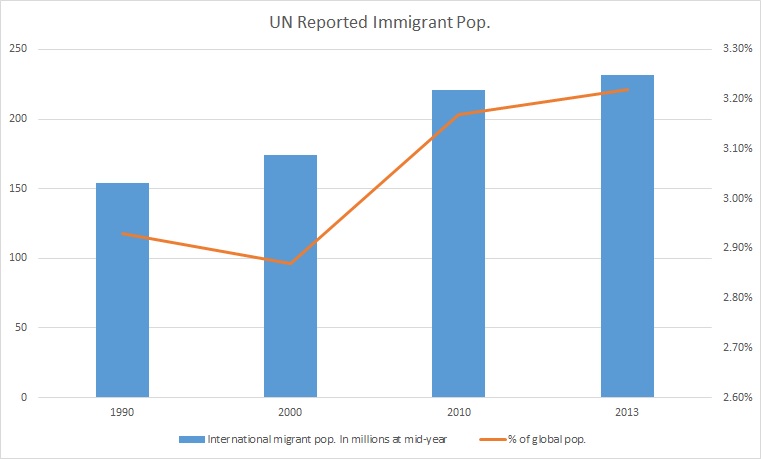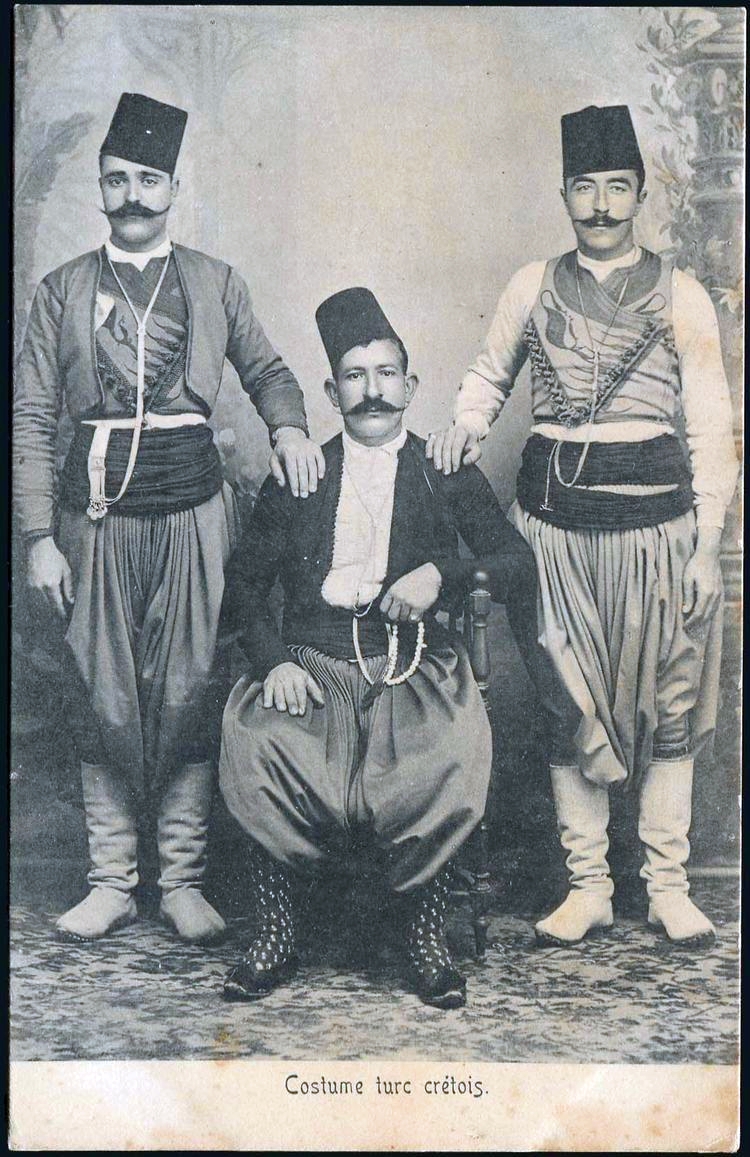|
Immigration To Turkey
Immigration to Turkey is the process by which people migrate to Turkey to reside in the country. Many, but not all, become Turkish citizens. After the dissolution of the Ottoman Empire and following Turkish War of Independence, an exodus by the large portion of Turkish ( Turkic) and Muslim peoples from the Balkans (Balkan Turks, Albanians, Bosniaks, Pomaks), Caucasus (Abkhazians, Ajarians, 'Circassians', Chechens), Crimea ( Crimean Tatar diaspora), and Greece (Muslim Roma, Greek Muslims, Vallahades, Nantinets, Cretan Turks) took refuge in present-day Turkey and moulded the country's fundamental features. Trends of immigration towards Turkey continue to this day, although the motives are more varied and are usually in line with the patterns of global immigration movements. Turkey's migrant crisis is a following period since the 2010s, characterized by high numbers of people arriving and settling in Turkey. Names There are three Names in Turkish for Balkan Turks and ot ... [...More Info...] [...Related Items...] OR: [Wikipedia] [Google] [Baidu] |
Caucasus
The Caucasus () or Caucasia (), is a region spanning Eastern Europe and Western Asia. It is situated between the Black Sea and the Caspian Sea, comprising parts of Southern Russia, Georgia, Armenia, and Azerbaijan. The Caucasus Mountains, including the Greater Caucasus range, have conventionally been considered as a natural barrier between Europe and Asia, bisecting the Eurasian landmass. Mount Elbrus, Europe's highest mountain, is situated in the Western Caucasus area of Russia. On the southern side, the Lesser Caucasus includes the Javakheti Plateau and the Armenian highlands. The Caucasus is divided into the North Caucasus and South Caucasus, although the Western Caucasus also exists as a distinct geographic space within the North Caucasus. The Greater Caucasus mountain range in the north is mostly shared by Russia and Georgia as well as the northernmost parts of Azerbaijan. The Lesser Caucasus mountain range in the south is mostly located on the territory of sout ... [...More Info...] [...Related Items...] OR: [Wikipedia] [Google] [Baidu] |
Immigration
Immigration is the international movement of people to a destination country of which they are not usual residents or where they do not possess nationality in order to settle as Permanent residency, permanent residents. Commuting, Commuters, Tourism, tourists, and other short-term stays in a destination country do not fall under the definition of immigration or migration; Seasonal industry, seasonal labour immigration is sometimes included, however. Economically, research suggests that migration can be beneficial both to the receiving and sending countries. The academic literature provides mixed findings for the relationship between immigration and crime worldwide. Research shows that country of origin matters for speed and depth of immigrant assimilation, but that there is considerable assimilation overall for both first- and second-generation immigrants. Discrimination based on nationality is legal in most countries. Extensive evidence of discrimination against foreign-b ... [...More Info...] [...Related Items...] OR: [Wikipedia] [Google] [Baidu] |
Cretan Turks
The Cretan Muslims or Cretan Turks ( or , or ; , , or ; ) were the Muslim inhabitants of the island of Crete. Their descendants settled principally in Turkey, the Dodecanese Islands under Italian administration (part of Greece since 1947), Syria (notably in the village of Al-Hamidiyah), Lebanon, Palestine, Libya, and Egypt, as well as in the larger Turkish diaspora. Cretan Muslims were descendants of ethnic Greeks who had converted to Islam after the Ottoman conquest of Crete in the seventeenth century. They identified as Greek Muslims, and were referred to as " Turks" by some Christian Greeks due to their religion; not their ethnic background. Many Cretan Greeks had converted to Islam in the wake of the Ottoman conquest of Crete. This high rate of local conversions to Islam was similar to that in Bosnia-Herzegovina, Albania, parts of western Greek Macedonia (such as the Greek Muslim Vallaades), and Bulgaria; perhaps even a uniquely high rate of conversions rather than ... [...More Info...] [...Related Items...] OR: [Wikipedia] [Google] [Baidu] |
Megleno-Romanians
The Megleno-Romanians, also known as Meglenites (), Moglenite Vlachs or simply Vlachs (), are an Eastern Romance ethnic group, originally inhabiting seven villages in the Moglena region spanning the Pella and Kilkis regional units of Central Macedonia, Greece, and one village, Huma, across the border in North Macedonia. These people live in an area of approximately 300 km2 in size. Unlike the Aromanians, the other Romance-speaking population in the same historic region, the Megleno-Romanians are traditionally sedentary agriculturalists, and not traditionally transhumants. Sometimes, the Megleno-Romanians are referred as "Macedo-Romanians" together with the Aromanians. They speak a Romance language most often called by linguists Megleno-Romanian or Meglenitic in English, and βλαχομογλενίτικα (''vlakhomoglenítika'') or simply μογλενίτικα (''moglenítika'') in Greek. The people themselves call their language ''vlahește'', but the Megleno-Roman ... [...More Info...] [...Related Items...] OR: [Wikipedia] [Google] [Baidu] |
Vallahades
The Vallahades () or Valaades () are a Greek-speaking Muslim population who lived along the river Haliacmon in southwest Greek Macedonia, in and around Anaselitsa (modern Neapoli) and Grevena. They numbered about 17,000 in the early 20th century. They are a frequently referred-to community of late-Ottoman Empire converts to Islam, because, like the Cretan Muslims, and unlike most other communities of Greek Muslims, the Vallahades retained many aspects of their Greek culture and continued to speak Greek for both private and public purposes. Most other Greek converts to Islam from Macedonia, Thrace, and Epirus generally adopted the Ottoman Turkish language and culture and thereby assimilated into mainstream Ottoman society.See Hasluck, 'Christianity and Islam under the Sultans', Oxford, 1929. Name The name ''Vallahades'' comes from the Ottoman Turkish Islamic expression 'by God'. They were also known as , ''Foútsides''; from , ''foútsi m'', which is a corruption of the Greek ... [...More Info...] [...Related Items...] OR: [Wikipedia] [Google] [Baidu] |
Greek Muslims
Greek Muslims, also known as Grecophone Muslims, are Muslims of Greeks, Greek ethnic origin whose adoption of Islam (and often the Turkish language and identity in more recent times) dates either from the contact of early Arabic dynasties of the Middle East with the Byzantine Empire or to the period of Ottoman Empire, Ottoman rule in the southern Balkans and Anatolia. In more recent times, they consist primarily of descendants of Ottoman-era converts to Islam from Greek Macedonia (e.g., Vallahades), Crete (Cretan Muslims), and northeastern Anatolia (particularly in the regions of Trabzon, Gümüşhane, Sivas, Erzincan, Erzurum, and Kars). Despite their ethnic Greek origin, the contemporary Grecophone Muslims of Turkey have been steadily assimilated into the Turkish-speaking Muslim population. Sizable numbers of Grecophone Muslims, not merely the elders but even young people, have retained knowledge of their respective Varieties of Modern Greek, Greek dialects, such as Cretan Gre ... [...More Info...] [...Related Items...] OR: [Wikipedia] [Google] [Baidu] |
Muslim Roma
Muslim Romani people or Muslim Roma are people who are ethnically Romani and profess Islam. They may also be known as Muslim Gypsies, with some Roma preferring to use the term, not perceiving it as derogatory. They primarily live in the Balkans but are dispersed throughout Europe, with the majority being cultural or nominal Muslims. Significant minorities of Muslim Roma are found in Albania, Bosnia and Herzegovina, Bulgaria, Kosovo, Montenegro and North Macedonia. They are also notably present in Crimea, Croatia (where 45% of the country's Romani population is Muslim), Romania,Ana Oprişan, George Grigore"The Muslim Gypsies in Romania", in International Institute for the Study of Islam in the Modern World (ISIM) Newsletter 8, September 2001, p.32; retrieved 2 June 2007 Serbia and Slovenia. The majority of Muslim Roma in the former Yugoslavia speak Balkan Romani and South Slavic languages, while many speak only the language from the host country's like the Albanized Muslim Ro ... [...More Info...] [...Related Items...] OR: [Wikipedia] [Google] [Baidu] |
Greece
Greece, officially the Hellenic Republic, is a country in Southeast Europe. Located on the southern tip of the Balkan peninsula, it shares land borders with Albania to the northwest, North Macedonia and Bulgaria to the north, and Turkey to the east. The Aegean Sea lies to the east of the Geography of Greece, mainland, the Ionian Sea to the west, and the Sea of Crete and the Mediterranean Sea to the south. Greece has the longest coastline on the Mediterranean Basin, spanning List of islands of Greece, thousands of islands and nine Geographic regions of Greece, traditional geographic regions. It has a population of over 10 million. Athens is the nation's capital and List of cities and towns in Greece, largest city, followed by Thessaloniki and Patras. Greece is considered the cradle of Western culture, Western civilisation and the birthplace of Athenian democracy, democracy, Western philosophy, Western literature, historiography, political science, major History of science in cl ... [...More Info...] [...Related Items...] OR: [Wikipedia] [Google] [Baidu] |
Crimean Tatar Diaspora
The Crimean Tatar diaspora dates back to the annexation of Crimea by Russia in 1783, after which Crimean Tatars emigrated in a series of waves spanning the period from 1783 to 1917. The diaspora was largely the result of the destruction of their social and economic life as a consequence of integration into the Russian Empire. The Soviet Union brought about the final dispersal of Crimean Tatars in 1944, in the midst of World War II, when it deported all Crimean Tatars remaining in the Crimea to the Central Asia and Urals. This population is considered an exiled community rather than a diaspora. Experiences in exile within the Ottoman Empire There have been continuously members of Crimean nobility in the Ottoman Empire, due to close relations between the two states. There was a Giray vassal state in the Ottoman province of Bucak (Bessarabia). It was centered on the towns of Bender and Çatal Osman, and considered semi-independent (only controlled by Ottoman Pasha in Rusçuk). In ... [...More Info...] [...Related Items...] OR: [Wikipedia] [Google] [Baidu] |
Crimea
Crimea ( ) is a peninsula in Eastern Europe, on the northern coast of the Black Sea, almost entirely surrounded by the Black Sea and the smaller Sea of Azov. The Isthmus of Perekop connects the peninsula to Kherson Oblast in mainland Ukraine. To the east, the Crimean Bridge, constructed in 2018, spans the Strait of Kerch, linking the peninsula with Krasnodar Krai in Russia. The Arabat Spit, located to the northeast, is a narrow strip of land that separates the Syvash lagoons from the Sea of Azov. Across the Black Sea to the west lies Romania and to the south is Turkey. The population is 2.4 million, and the largest city is Sevastopol. The region, internationally recognized as part of Ukraine, has been under Russian occupation of Crimea, Russian occupation since 2014. Called the Tauric Peninsula until the early modern period, Crimea has historically been at the boundary between the Classical antiquity, classical world and the Pontic–Caspian steppe, steppe. Greeks in pre-Rom ... [...More Info...] [...Related Items...] OR: [Wikipedia] [Google] [Baidu] |
Chechen People
The Chechens ( ; , , Old Chechen: Нахчой, ''Naxçoy''), historically also known as '' Kisti'' and '' Durdzuks'', are a Northeast Caucasian ethnic group of the Nakh peoples native to the North Caucasus. "Europe" (pp. 68–69); "Asia" (pp. 90–91): "A commonly accepted division between Asia and Europe ... is formed by the Ural Mountains, Ural River, Caspian Sea, Caucasus Mountains, and the Black Sea with its outlets, the Bosporus and Dardanelles." They are the largest ethnic group in the region and refer to themselves as Nokhchiy (; singular Nokhchi, Nokhcho, Nakhchuo or Nakhche). The vast majority of Chechens are Muslims and live in Chechnya, an autonomous republic within the Russian Federation. The North Caucasus has been invaded numerous times throughout history. Its isolated terrain and the strategic value outsiders have placed on the areas settled by Chechens has contributed much to the Chechen community ethos and helped shape its national character. Chechen society i ... [...More Info...] [...Related Items...] OR: [Wikipedia] [Google] [Baidu] |





